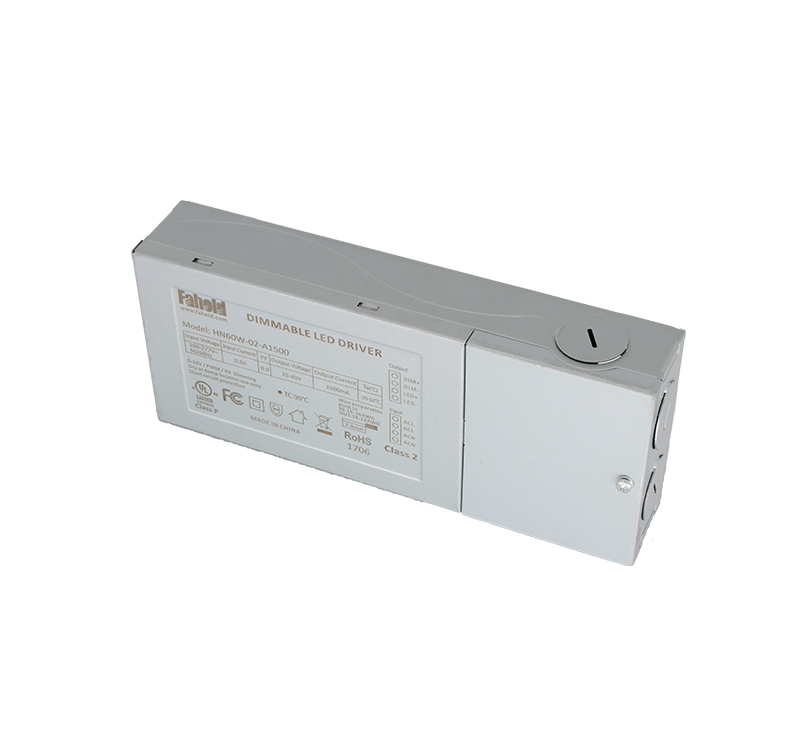Introduction Now, high-performance power systems have made great strides, and designers are using multiple input voltages to drive multiple voltage rails for a wide variety of applications. Because of the need to ensure that the PoL regulator is as close as possible to the load, designers need to fill a large range of power conversion functions in a very small range. At the same time, enterprise resources are expanding to the multitasking level that engineers expect, often by versatile, not power experts to design power systems. As a result, today's complex power requirements can be a headache for designers: how to use different resources to provide high-performance power to a diverse range of loads, ensuring that all parts of the architecture operate within its power and cooling range while optimizing efficiency and efficiency. Cost target. The new application brings further challenges. For example, with migration to cheaper, cleaner, more efficient energy generation, and government-driven applications, companies are looking for ways to meet legislative and cost targets by switching to high-voltage direct current (HVDC) power distribution. This requires a different approach to designing the power system for the electronics used. In this article, we explored issues, techniques, methods, tools, and building blocks that could all contribute to the successful completion of complex power system projects. The old method has been surpassed by system requirements Looking back on the past 30 years, the power requirements of most systems have been provided by centralized power supply. However, one trend in electronic technology is to require devices that are smaller, lighter, and more powerful. The development of communication devices has helped to make the Internet revolution, which requires a data center full of servers. The system will become smaller, provide higher performance, and its power requirements will become more and more demanding. Obviously, there are other things that need to be developed – the way to power electronic devices. Large centralized power supplies simply cannot handle the task of powering the next generation of products, so power conversion needs to be closer to the load. Gone are the days when powering devices with centralized boxes. Power conversion needs to meet the different requirements of the new load: one voltage is not suitable for all loads. Today's loads require multiple voltage rails that are required to meet stringent regulation requirements and require fast transient response. Therefore, power conversion must be an integral part of the system and needs to be designed both inside and outside the equipment. As devices need to move closer and closer to the point of load, we have seen a trend toward higher heat dissipation densities over time. The driving force for developing smaller power components has exceeded the corresponding efficiency improvements. Over the years, devices such as brick-type power supplies have formed the backbone of power systems, and their power density is being limited. It should be clear that in addition to being more efficient, power components need to be more thermally enhanced and support flexible thermal management. New power components enable new methods Without the fundamental advancement of packaging technology, power density cannot be continuously improved. New power components are being developed for modern system building blocks that offer higher power density, better heat dissipation, greater step-down ratios and integrated magnetic structures. These components also contribute to the emergence of new power distribution designs, including the Factorized Power Architecture (FPA) and support for new applications such as high voltage direct current (HVDC), which helps to further increase efficiency and use alternative energy sources. . So, how do engineers make the most of the high-performance building blocks available today, seriously consider and start building a design that is responsible for designing an optimized power system for a project? This is really a tough choice - especially if this is not your area of ​​expertise. What is needed here is a risk-free method with a lot of support, no errors allowed; re-spinning is expensive and can lead to missed opportunities. Vicor, a company at the forefront of power supply design innovation, has pioneered the power component design approach. Engineers can use a proven method to predictably and cost-effectively configure high-performance power systems with industry-proven components. Power components are specialized modules that are fully optimized by professional power engineers for efficiency, power density, transient response, and EMI. By doing this, instead of using discrete components to develop the power chain, all of these key parameters have been optimized and the designer is ready for the most appropriate solution for any power supply design project. In addition, the structure of these modules is completely suitable for future design reuse, saving time and effort. If combined with the available set of tools and resources, this approach will enable a faster and simpler design cycle with lower risk to complete the project and bring the product to market.
High PFC Junction Box Led Driver(UL Cert.)
A High PFC and rugged Iron enclosure that complies with electrical codes requiring junction boxes to separate household and low voltage wiring.
With the increasing demands for safety levels, and then the North American market does not allow the wiring to be exposed, so the production of Junction box Led Driver.High security level, with short circuit protection, but also do dimming and non-Dimming Led Driver.
Features & Benefits
Details
The HN-Junction Box is a high PFC, rugged iron enclosure designed for use with our Constant Current Drivers. This junction box is a NEMA 1 rated indoor enclosure made of lightweight but strong iron with a protective black powder-coated finish. Designed for contractor installation, this junction box is ULListed and features separation for low-voltage and high-voltage wiring in an electrical enclosure. It features four 0.20 inch mounting holes for surface mounting and is designed with mounting hole positions to hold compatible power supplies securely.The HN-Junction Box is for use with the following Constant Current Drivers only:
Product Specs
Output voltage:25-40V
Output wattage: 45W
Dimensions:188x86x33 mm
Efficiency:88%
Encironment/IP Rating: indoor/IP20
Max. Input voltage:277V
Dimming way: 0-10V/PWM/RX
Certificate: UL, FCC, Class P
Junction Box Led Driver Ul Standard Led Driver,Led Panel Light Junction Box,Led Panel Light Driver ShenZhen Fahold Electronic Limited , https://www.fahold.com
By Robert DeRoberTIs, Director of Global Marketing, Vicor
